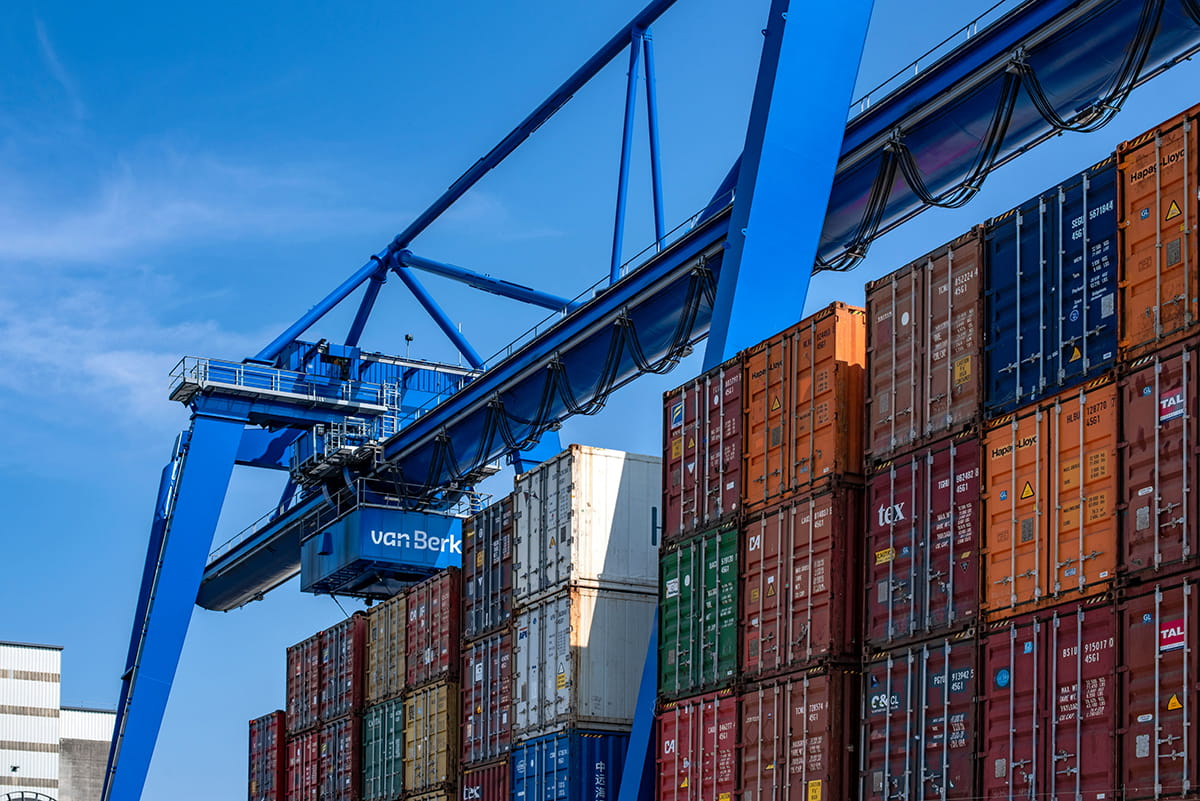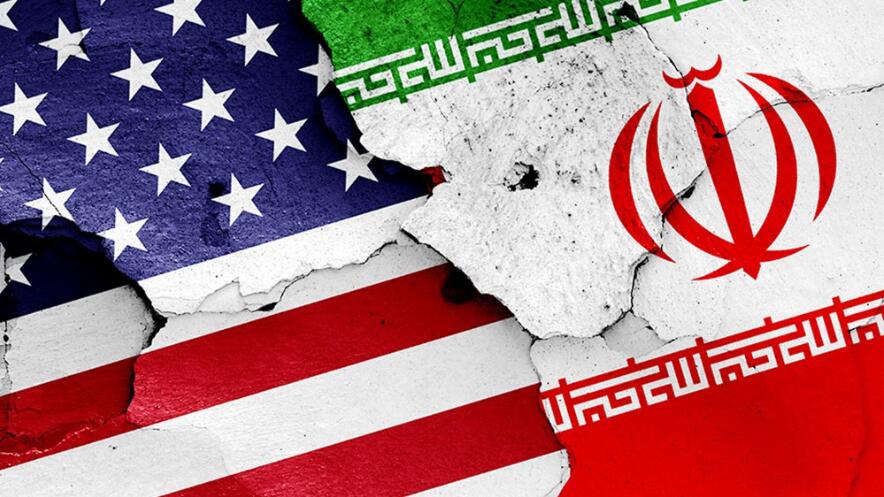
2024 will be yet another year of turbulence for Asia-Pacific and beyond. This can be seen from three perspectives.
First of all, the US-China relationship, which is decisive for where the Asia-Pacific region, and beyond, is heading, is still full of uncertainties. Although at the US-China summit in San Francisco in last November the Chinese and US Presidents held established a framework for cooperation and a “no-do list” in an effort to stablize the bilateral relationship, or at least make it manageable, the overall situation that has shaped the fierce US-China “competition” remains unchanged. More notably, the two countries are both confronted with the most formidable challenges that come from within their own borders.
2024 will be a critical year for China to fundamentally reverse its weakened economic development. In this regard, the Political Bureau of the Central Committee of the Communist Party of China has set out a proactive stance of “promoting stability through progress and establishing the new before abolishing the old” – in other words, only by making progress and establishing the new can stability be maintained. Obviously, whether China’s economic growth can be sustained is crucial to the stability and development of the US-China relations and the entire world.
In the US, in addition to the complicated economic picture, the New York Times called the upcoming US presidential election “the most dangerous” one in the country’s history. Not only is there is a high probability of a rematch between crazy Don (Trump) and sleepy Joe (Biden), which itself is of a great harm to Americanism as neither of them are prefered by the general American public, but more dangerous is that behind the Biden-Trump duel is an irresiliable socio-political division within the US. Any dispute or contraversy during the election could trigger civil unrest, which would be a disaster for the entire world, including the US.
Second, apart from the US presidential election, there will also be the EU parliamentary election, the Russian presidential election and the Taiwan presidential election in 2024. Although the first two elections are held outside the Asia Pacific, the risks embedded within will still spill over to the Asia-Pacific region. In the EU parliamentary elections, the far-right populalist forces will surely make substantive gains. This will not only lead to the advance of policy agenda of populist radicalism and economic protectionism, but also further the fragmentation of policy making throughout Europe. Although it is difficult to predict the exact consequences, the resulting uncertainty is a huge risk in itself.
For the Russian presidential election, there will be no doubt that Vladimir Putin will be “reelected”. This will only futhrer irritated the West (i.e., the US and its allies), making them even more hate as well as fear Putin and Russia under his leadership. Meanwhile, Putin, when re-elected, can be determined to do as much damage as possible to the West not only because he sees it as evil, but also because this is essentially where his legend, if there is any, will be. As such, the escalating confrontation between the two sides is by no means a blessing, and the Asia Pacific can hardly be immune to it.
As for the ongoing election in Taiwan, it proves to be a nail-biter. Despite this uncertainty, one thing is certain – whoever of the three candidates wins, it will be difficult to fundamentally change the status quo across the Taiwan Strait. Worryingly, if Lai Ching-te wins the election, that will be a victory for the pre-independent force. Should there be chaos in the US and/or an economic recession in China, crises would be bound to arise. Moreover, the more perilous the overall situation across the Taiwan Strait, the more pressure the hawks in China, the US and Taiwan can exert over policy makers. Due to these intertwined consequences, any miscalculation can conveniently exacerbate the tension or even escalate it to to conflict across the Taiwan Strait.
Third, the Russia-Ukraine and Israel-Harmas wars continue in 2024, exerting spillover effects on the Asia-Pacific situation. For one thing, the US, as a hegemonic power in the Pacific Region, is involved in both conflicts. For another, the implications caused by the two wars are felt by the major Asia-Pacific/Indo-Pacific and ASEAN countries to varying degrees.
In the current situation, the decisive factor in determining the direction of the Russia-Ukraine conflict is not in Russia and Ukraine, but in the US. If Biden wins another term, the Ukraine war will linger but both sides will eventually go to the negotiation table like what the Korean War ended up with. The question is when the two sides will enter the ceasefire negotiation and in what way. As long as the conflict is predictable, there is certainty. However, if Biden loses the election, the Ukraine war will witness greater uncertainties, leading to two possible extremes – the US walks away from Ukraine or the US and Russia reset their relations. In either case, Europe would be the biggest loser. And it will blight the security and development of the Asia-Pacific region.
For the Israel-Harmas war, it is full of danger not because of the escalation of hostilities. In fact, the US and Iran, who really have the capacity to escalate the war, have taken measures to prevent the escalation, while the other forces such as the Houthis and Hezbollah are actually taking the opportunity to craft a publicity stunt. The real danger of the Israel-Harmas war lies in the collapse of Netanyahu’s regime under internal and external pressure. Whether it is Netanyahu’s desperate escalation to prevent the collapse of his regime, or the chaos that will result from the collapse, the situation could spiral out of control, leading to even greater chaos. This would certainly have considerable negative impacts on the Asia-Pacific region, which is highly dependent on Middle Eastern oil and has the world’s largest Muslim population.
However, despite the above geopolitical turbulence, there are still considerable opportunities for the Asia-Pacific region in 2024.
First, with interest rate cuts by the Federal Reserve, there will be a significant increase in liquidity of the capital markets. While the US Government has an urge to achieve debt dilution through the dollar’s depreciation, the increased liquidity in the capital markets, combined with the accommodative monetary policy already adopted by the Chinese government, will breed investors’ enthusiasm. This will undoubtedly contribute to a major boom in the Asia-Pacific region, which has emerged as the center of gravity for the world economy and presents a strong momentum of economic development. Moreover, China and the US have keenly realized that maintaining the stability of the global financial order is a major common interest of the two countries, and US Treasury Secretary Janet Yellen’s re-visit to China in 2024 is something to look forward to.
Second, 2024 will be a critical year for getting the economy back on track. The Chinese government has introduced various favorable policies to stimulate its economy, while further promoting the reform and opening up policy. It has taken a series of measures to increase both the status and role of private enterprises in China’s economic develoipment, especially by formulating favorable financing policies for these enterprises. To this end, China has delegated power to local governments and encouraged them to make a difference in bolstering economic growth. Eventually, China’s continued economic boom and further reform and opening up will surely provide great opportunities for the development of the Asia-Pacific region, especially in China’s neighborhood.
Third, at the third Belt and Road Summit in 2023, the Global South and especially China’s neighbors and countries along the Belt and Road routes showed overt enthusiasm and willingness to promote economic growth and cooperate with China. In recent years, the sustained economic growth of countries involved in the Belt and Road Initiative is a fact for all to see. While the Western World is struggled in wars and turbulence, the peaceful landscape in the Asia-Pacific region and the increased cooperation between China and the Belt and Road countries have added impetus to the economic development of the Global South.
Finally, the Asia-Pacific region (especially South-East Asia), Latin America, the Middle East and Central Asia have all shown strong momentum of development. Meanwhile, the industrial and supply chains around “Greater China” are expanding. Even the top US think tanks and research institutes, such as the Peterson Institute for International Economics and the RAND Corporation, have realized that the US efforts to reshape the “friendlyshore” industrial and supply chains in recent years have yielded little success; while the industrial and supply chains centered on China, driven by the market economy, have continued to develop and consolidate. This further proves our consistent view that the formation of industrial and supply chains is not attributed to a country’s policies or strategies. Instead, it is the inevitable result of economic globalization driven by the market forces.
History speaks volumes about the coexistence of challenges and opportunities. As an emerging power, China needs to head off confrontation and promote cooperation in order to sustain its development. As the world’s largest trader and second largest economy, China is steering its development in the right direction, which is also conducive to the development of the entire Asia-Pacific region in 2024.











